Two-way satellite messengers have become a staple in most backpacks, the benefits of having one easily outweighing their usually lightweight bodies. These devices are used by hikers, climbers, landscape photographers’ and families going camping or pretty much anyone going off-grid.
These devices can be used for emergencies and updating friends and family of your location or progress during your trip.
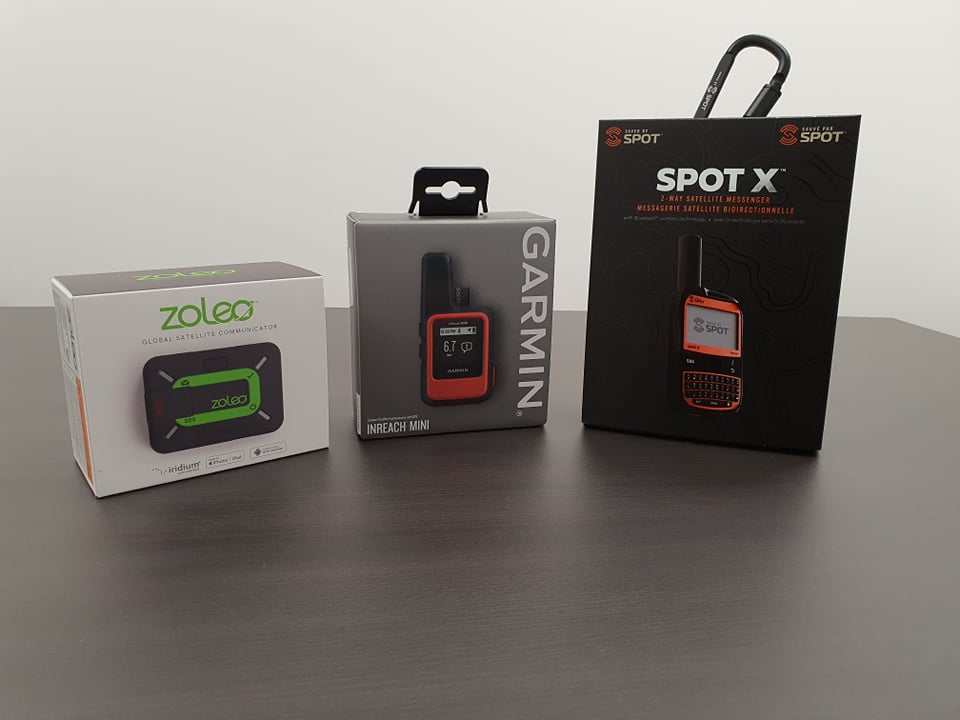
Satellite Communicator features
Messaging
Messaging for a 2-way satellite messenger is one of the most critical aspects, and each of these devices handles things differently. Still, the Zoleo actually takes the crown in this specific category for one simple reason, cohesive messaging. Every message sent to your account either via cellular, Wi-Fi or Satellite comes to the same location.
The inReach Mini and Zoleo work similarly. Each device is primarily designed to be used in conjunction with a smartphone. The smartphone app is where you write your custom messages (Earthmate app for the inReach) (Zoleo App for the Zoleo). There are buttons on the device to immediately trigger an SOS message or preset messages, but I’ll go into that later. The Spot X has its own dedicated keyboard (technically, the inReach Mini does, but it’s so difficult to use it would only ever be used as a last resort). The problem with the Spot X keyboard is that it too often doesn’t pick up my touch or is slow to respond, and I end up double typing. This isn’t a massive dealbreaker, but typing quickly via my normal phone keyboard is a much less annoying experience.
Our Winner for Messaging – Zoleo
Zoleo’s centralised messaging system that allows you to send/receive WiFi, Cellular or Satellite messages is very beneficial. Using the inReach on anything below the unlimited plan, you’re very aware of the number of custom messages you have and will want to ensure you’re only using satellite when you absolutely must. What tends to happen is that you might miss messages sent on cellular or WiFi as they will go to different messaging apps. The Zoleo will automatically put you onto cellular or WiFi wherever it can to ensure that you’re not wasting custom messages when you don’t need to.
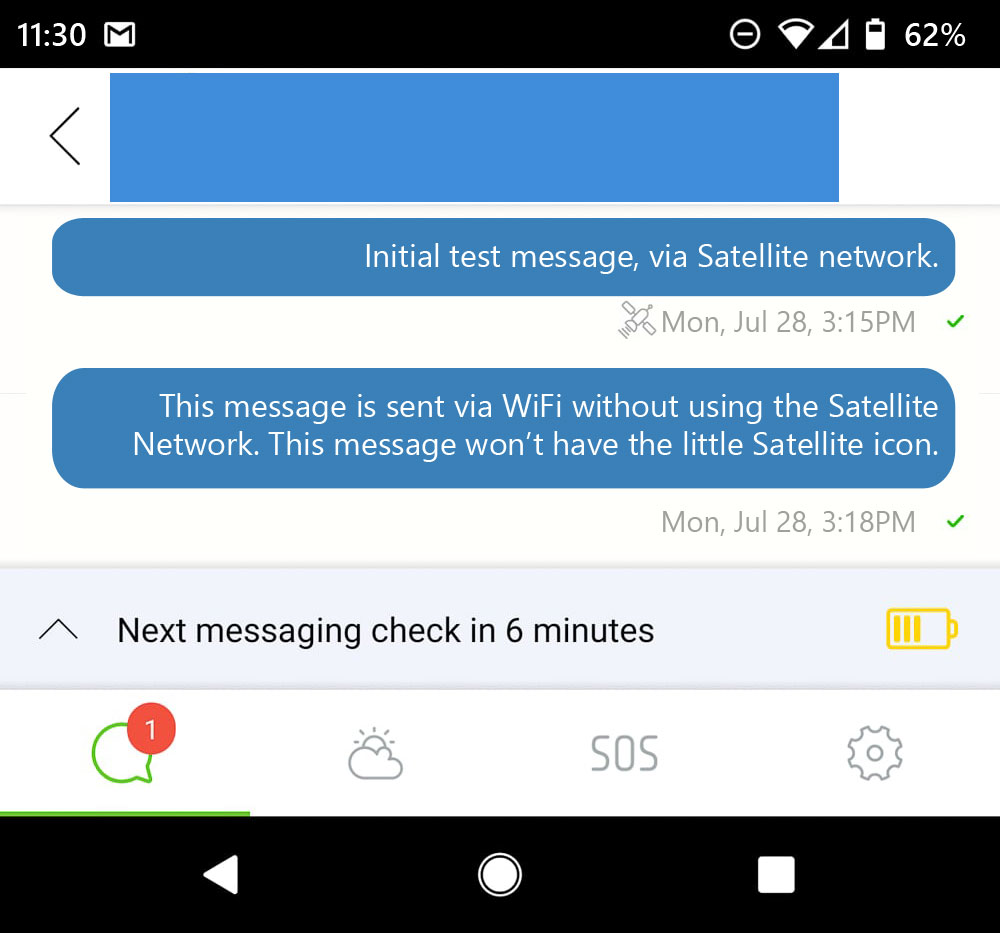
The best Use-case for Spot X
If you can deal with the slow keyboard, you have the significant advantage of not needing a smartphone to handle the messaging. The Spot X is a good option if you have a handheld mapping solution that isn’t your smartphone or aren’t using topo maps.
The Best Use-case for inReach Mini
The InReach does everything pretty well, and while the Zoleo might beat it in a few key aspects, the inReach has Garmin’s backing, which is significant. Garmin’s back end makes this system better equipped for team management with specific plan options to allow you to monitor inReach users’ positions. On top of that, the inReach devices generally have some degree of compatibility with other Garmin devices meaning that you have more options to send messages or even trigger SOS alerts. So if you’re already in the Garmin ecosystem or are looking to use these devices in a team environment, then this might be the deciding factor for you on why to go with an inReach. I’ll elaborate on that later.
Coverage
This is an easier comparison; the inReach Mini and Zoleo both use the Iridium Satellite network, which has the best global coverage and has excellent coverage in Australia. Spot uses the Globalstar network and, with a recent acquisition, now covered Australia significantly better. However, the Iridium network is still the best option in terms of satellite coverage.
What this actually means: This should improve latency for messages and your chances of your device acquiring a satellite fix. I will point out these factors are also heavily influenced by the hardware of the device, not just which Satellite network you’re on.
Activation
The activation process for each of these devices is largely the same and not a point of differentiation.
Subscription Cost and Benefits
This is where comparisons can get pretty wild, so I’ll lay out some unavoidable subscription costs.
inReach Subscription Costs:
Total for Annual Plans = $49 (once off activation fee) + Plan Tier Annual Cost (dependent on plan tier – $20/$40/$75 per month) = $289 – $949 Annually
Total for Freedom = $49 + $54 (annual charge for freedom plans) + Monthly Charge for Plan Tier (dependent on plan tier $25/$55/$99) = $128 – $202 Monthly
*These inReach Prices are accurate as 6/08/21
Spot X Subscription Costs:
Total for Annual Plans (Contract Plans) = $21.95 USD* (Activation Fee) plus Plan tier cost ($15.13/$24.2/$35.2 per month) = between $203.51 USD* – $444.35 USD* Annually
Total for Freedom (Flex Plans) = $21.95 USD (Activation Fee) plus Flex Fee** ($27.45 USD*) plus (dependent on plan tier $17.88/$35.20/$46.20) = between $67.28 USD* – $95.60 USD*
USD* – This price will be dependent on the exchange rate
Flex Fee** – This fee is charged once per year for customers using the flex plans.
Zoleo Subscription Costs: Zoleo is a little different from the others. As soon as you pass the initial 3-month term contract, you can cancel or suspend it at any time.
Total cost = $40 Activation fee plus Plan tier cost ($32/$55/$80) multiplied by 3 as you can only sign up initially for a 3-month term = $136 – $280 (3 months) then $32 – $80 monthly
These satellite messengers have the same plan structures, so I’ll compare each plan level against the other brands to see which one is the most valuable.
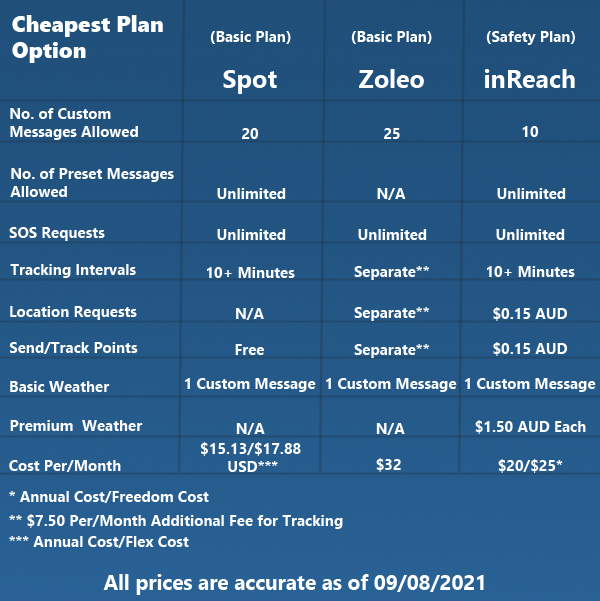
For the most basic plan, I would say that inReach and Spot are tied with the Zoleo being the least value, at least at this plan level. inReach and Spot X give users the huge value of unlimited preset messages, while Zoleo bundles those as a custom message cost.

If inReach didn’t offer unlimited preset messages, then they would be completely out at this point. That said, Zoleo offering 250 messages is significant enough to potentially tip the scales in their favour depending on your preference for messages. If you already have an idea of how you’re going to set up a simple 3 preset message system, then the inReach is still a good option at this plan level. However, if you need to send detailed or custom messages regularly, then you should only consider the Zoleo or possibly the Spot X though I’m loathed to recommend that one based on the user experience of the device.
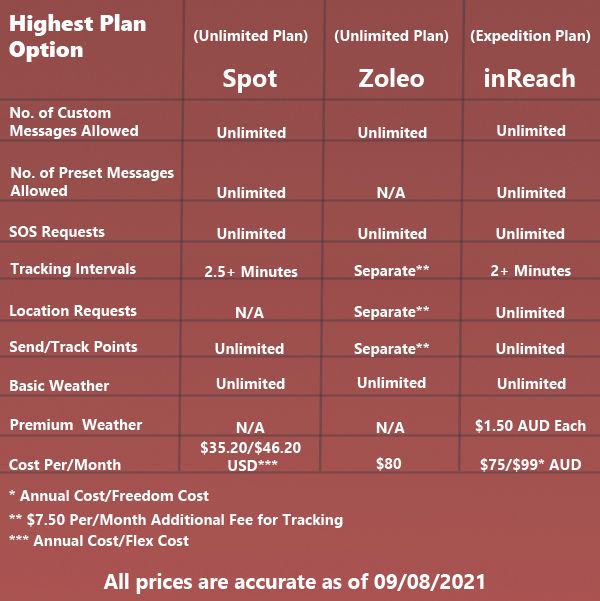
Spot stands out here significantly in terms of price, it’s more affordable and still offers many of the same features. That can vary wildly on the exchange rate though. At this point, inReach is likely the least value for money. That said, if you did need to use tracking and are doing ‘extended’ trips where your power might become an issue then the inReach still has the advantage of being a standalone device. In a pinch, you can still use all the functions directly on the inReach Mini (it would just be incredibly slow) the Zoleo on the other hand will only allow you to trigger the SOS if your phone is dead.
Hardware/Software Factors
This section will break down each device’s performance in terms of battery, feel and design, and available accessories.
Battery and Charging
These battery specs are provided by the manufacturer and, in our testing, gave similar results but typically 10% or more under the manufacturer’s specs. That said, they’re still a good guide for a relative comparison. I’ll also only be comparing the default battery modes, but the inReach in low power settings can last up to 20 days.
Zoleo: 200+ hours – charging time – 2 hours using a 1.5 A charger – Input: Micro-USB Type B Connector
Spot X: 240 hours (10 days) of battery life in 10-minute tracking mode – charging time Approx. 2 hours – Input: Micro-USB Type B Connector
InReach Mini: Up to 50 hours at 10-minute tracking with 2-minute logging – charging time Approx. 1 hour – Input: Micro-USB Type B Connector
Zoleo and Spot clearly have the better battery option here. Still, Zoleo takes the crown as it manages to pull off that battery life in the significantly smaller and lighter case.
Input: Micro-USB Type B Connector
Hardware Design
I’ve mentioned this before, and while I try to avoid too much negativity on a product, Spot X simply isn’t designed well. The advantages for this device: the larger screen and keyboard for messaging are poorly implemented. The keyboard is slow and clunky, and the bigger screen offers very little as it doesn’t come with mapping features.
The Zoleo and inReach are equally good, in my opinion, for their designs. Both are simple, compact and get the job done. Both devices have a rugged design that can handle a fair number of knocks/scraps when tethered to you. The buttons for the Zoleo and inReach are reliable, but the simple ability to type out messages on my phone makes it a much more enjoyable experience.
Overall the Zoleo and inReach are my picks in terms of hardware design, size and weight. There’s nothing significantly wrong with the Spot X, comparatively though, the Zoleo and inReach are a better user experience for my set-up.
Accessories
This is a bit of a weird one, but a lot of tech gear out there could be significantly improved with an accessory to make it easier to hold, store, display, etc.
In saying that, these devices all have the accessories; I’d be looking for devices like this to have. All models come with a carabiner clip and tether. They all also have accessories for vehicle mounting, which a lot of professional service teams rely on. inReach has the most fleshed-out accessory range, especially with the ability to link up to RAM Mounts, but all have the general use cases covered.
Bonus Features
Now we’re getting into the features that, if you’re still undecided, might help push you one way or another.
inReach’s mapping app is something neither the Zoleo nor the Spot X offer. It needs to be used on your mobile phone, the inReach has some fundamental inbuilt navigation, but the App is pretty much full handheld GPS navigation.
Position logging and tracking come standard with the inReach and Spot X, while that’s part of the additional $7.50 subscription fee for Zoleo. inReach from what I’ve been able to use and see is the only model that allows users to ping your location instead of being reliant on the user to send a check-in message. This is a neat feature that might not be used often by the average user could be very handy for service teams.
Another bonus feature that honestly didn’t cross my mind but has been mentioned multiple times by other users is triggering messages or even the SOS via other Garmin products. In particular, watches like the fenix 6, Descent Mk2, Edge 830 and even some chartplotters and vehicle navigators. Obviously, this feature is unique to the inReach though technically, you can trigger things on your phone for the Zoleo. That said, while it’s an extremely slim chance of a scenario where you can only access your watch and not the satellite messenger to trigger the SOS, this would be a potentially life-saving benefit.
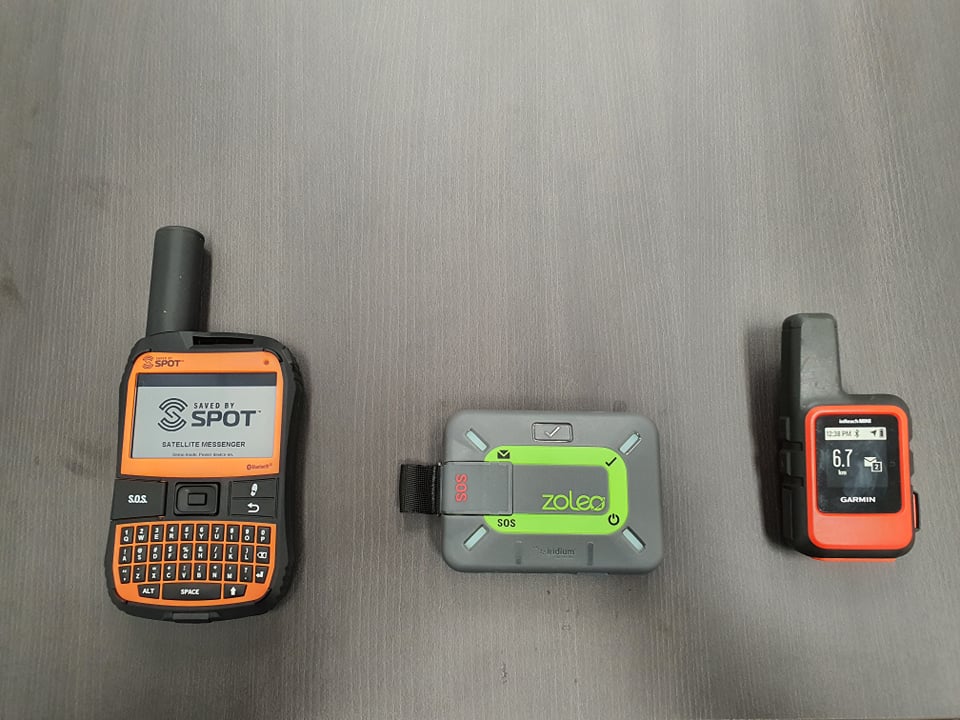
Summary
All of these two-way satellite messengers are solid decisions, and there isn’t one definite winner. Each model has specific instances that might make it the best option for you.
If you have any more questions or want to see more information about these units, their accessories, or even a 360-degree video of the products, check out the following pages or talk to someone from our team.
https://www.ja-gps.com.au/Garmin/inreach-mini-orange/ – View compatible accessories and customer reviews on this page.
https://www.ja-gps.com.au/ZOLEO/zoleo-satellite-communicator/ – View compatible accessories and customer reviews on this page.
https://www.ja-gps.com.au/SPOT/spot-x/#overview – View compatible accessories and customer reviews on this page.






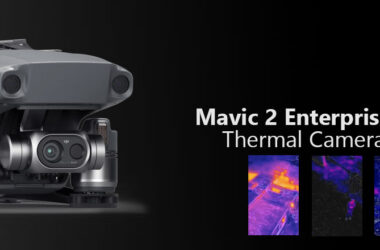

This is as good a Review/Comparison as I’ve ever read. Congratulations, Joel. Everything I need to make an assessment. I came to same conclusion as you.
Wish all Product Reviews/Comparisons were as comprehensive as this
Has Spot improved its satellite connection? Some years ago, I had one that couldn’t connect when in much cloud cover or tree cover. Caused some difficulties on PCT & became unusable in Northern Michigan. In numerous phone calls, the company would never entertain the notion that it was a defect in my device; so I assumed they were all that way. Garmin doesn’t have that problem. Did you do this kind of comparison?
Garmin is very frustrating for messaging. When I found how to hook it up to my phone by Blue-tooth, things improved, but not all messages came thru.